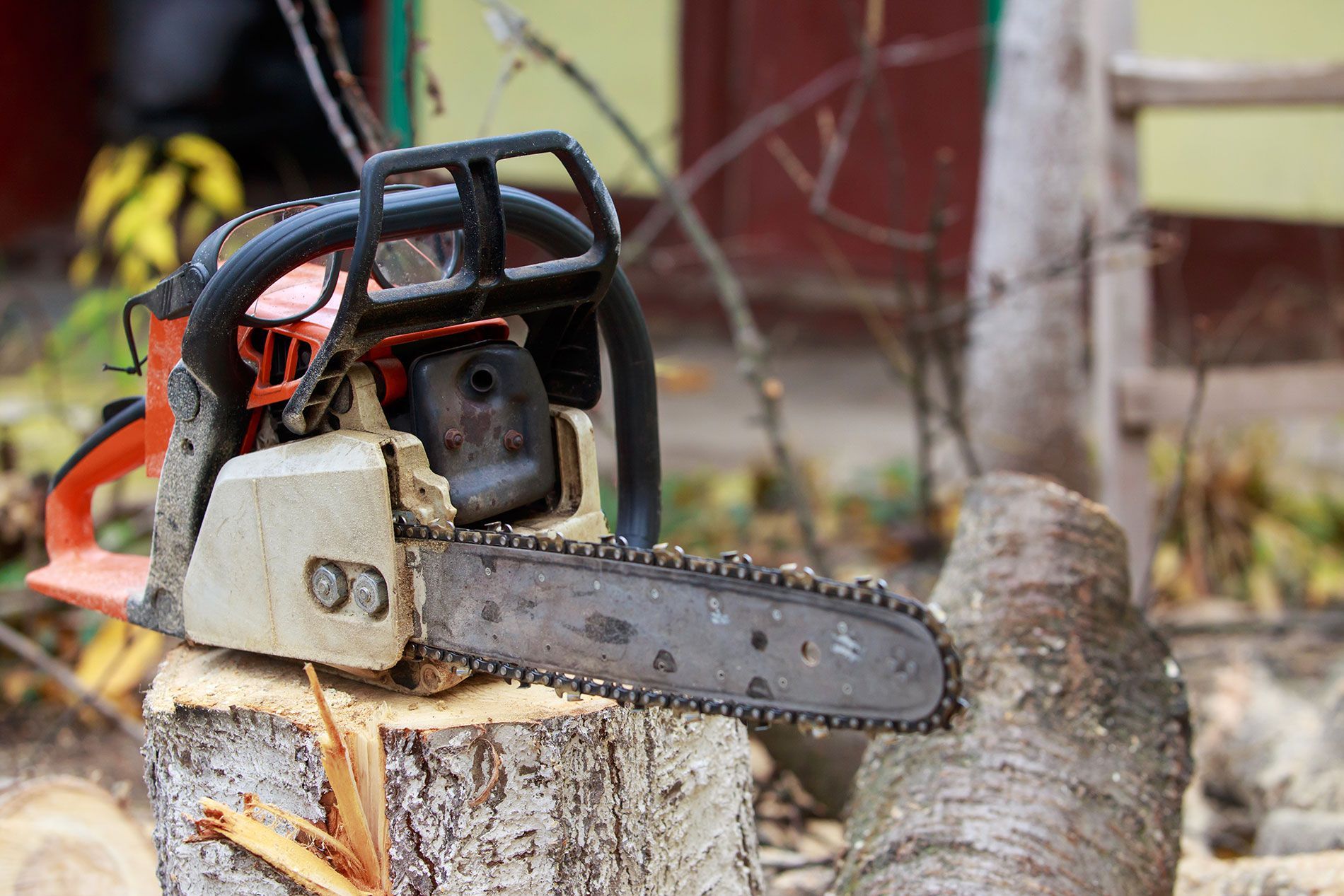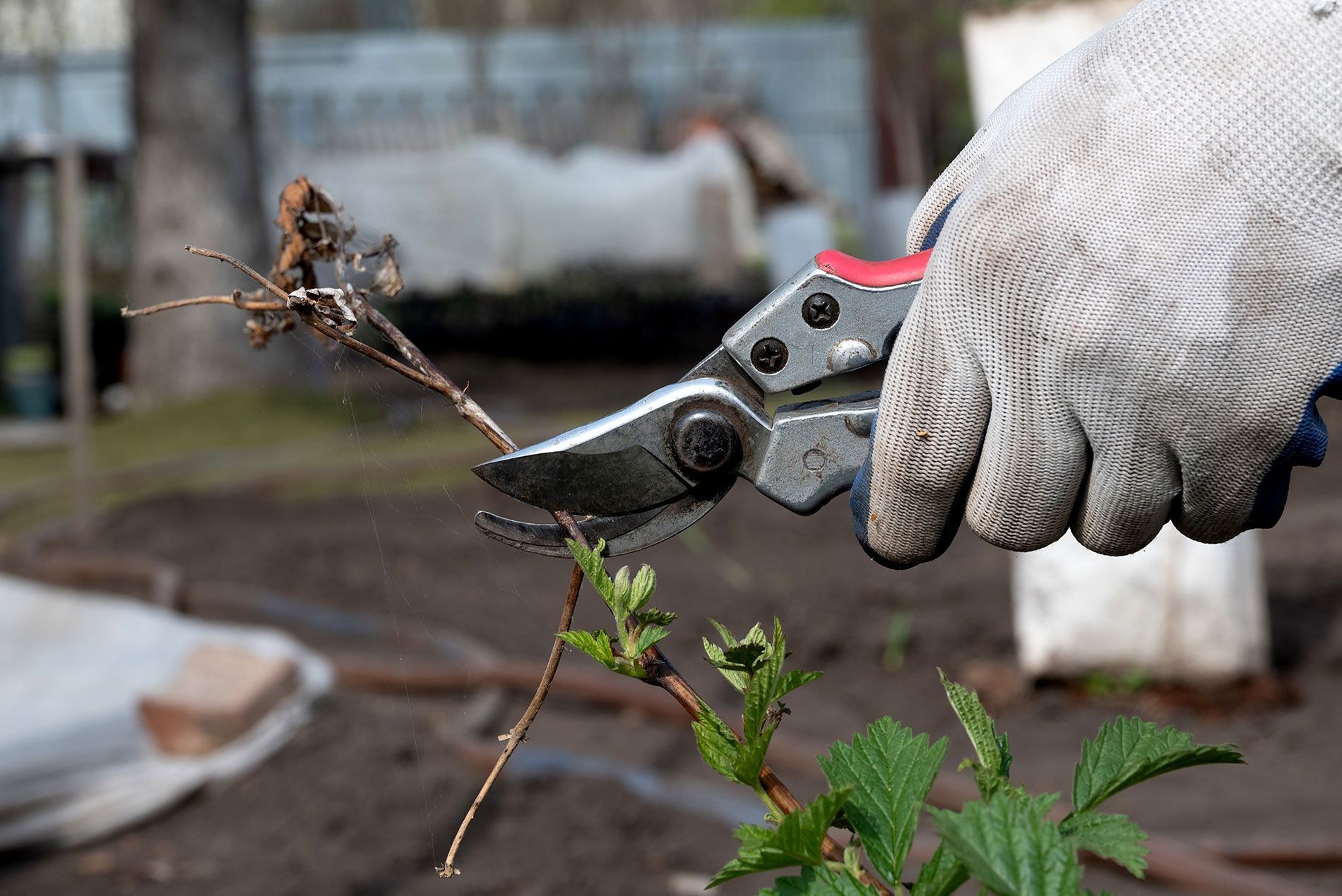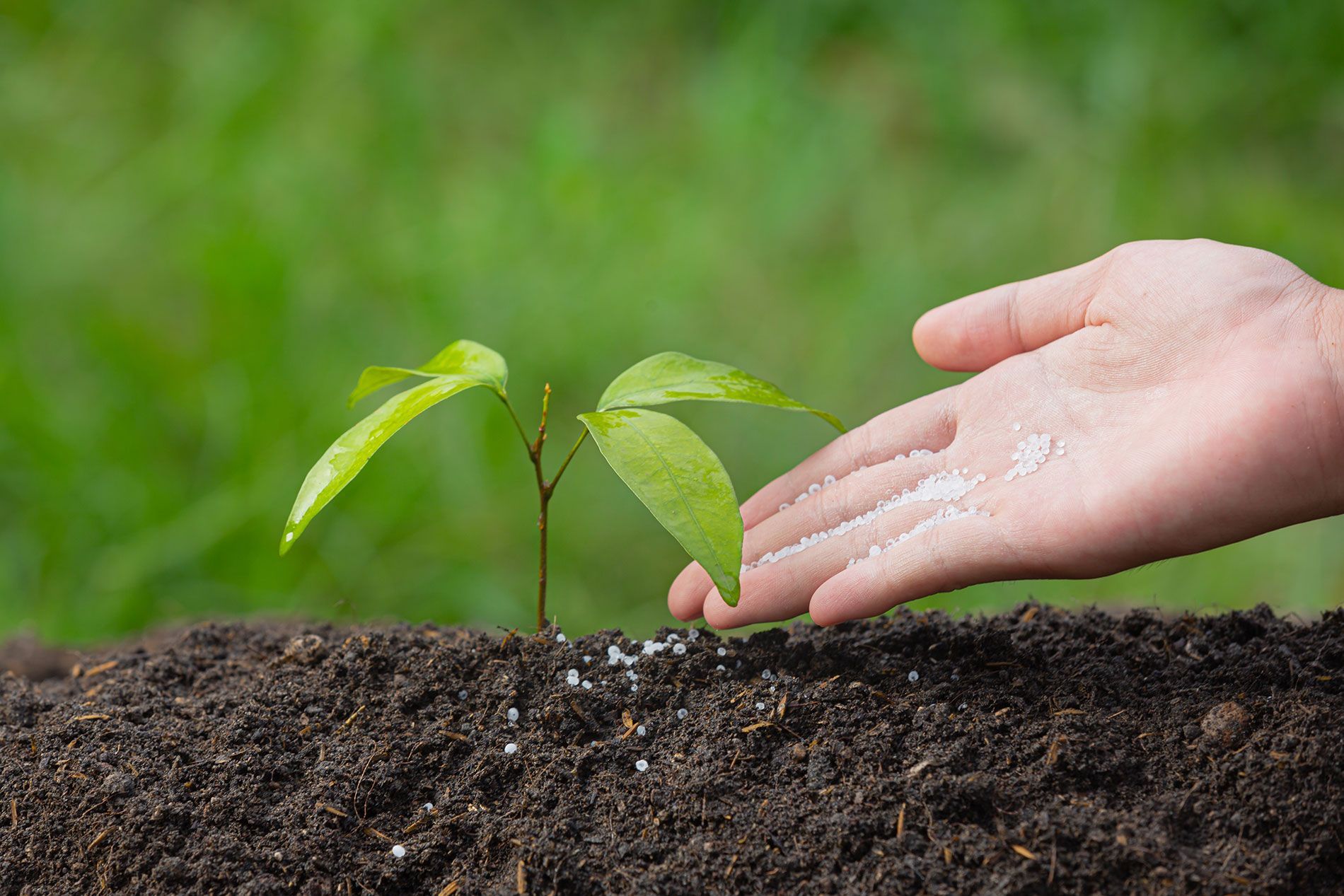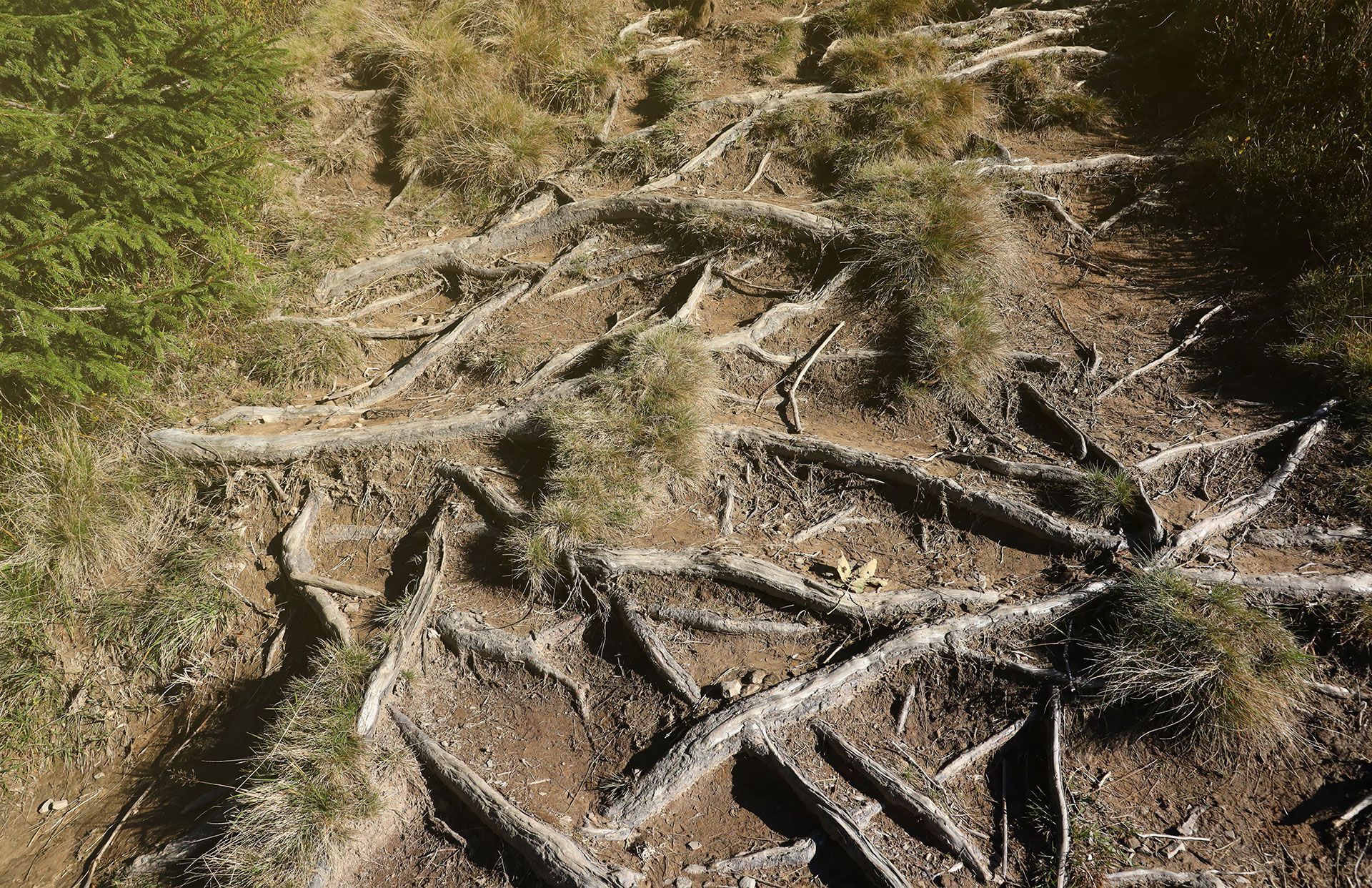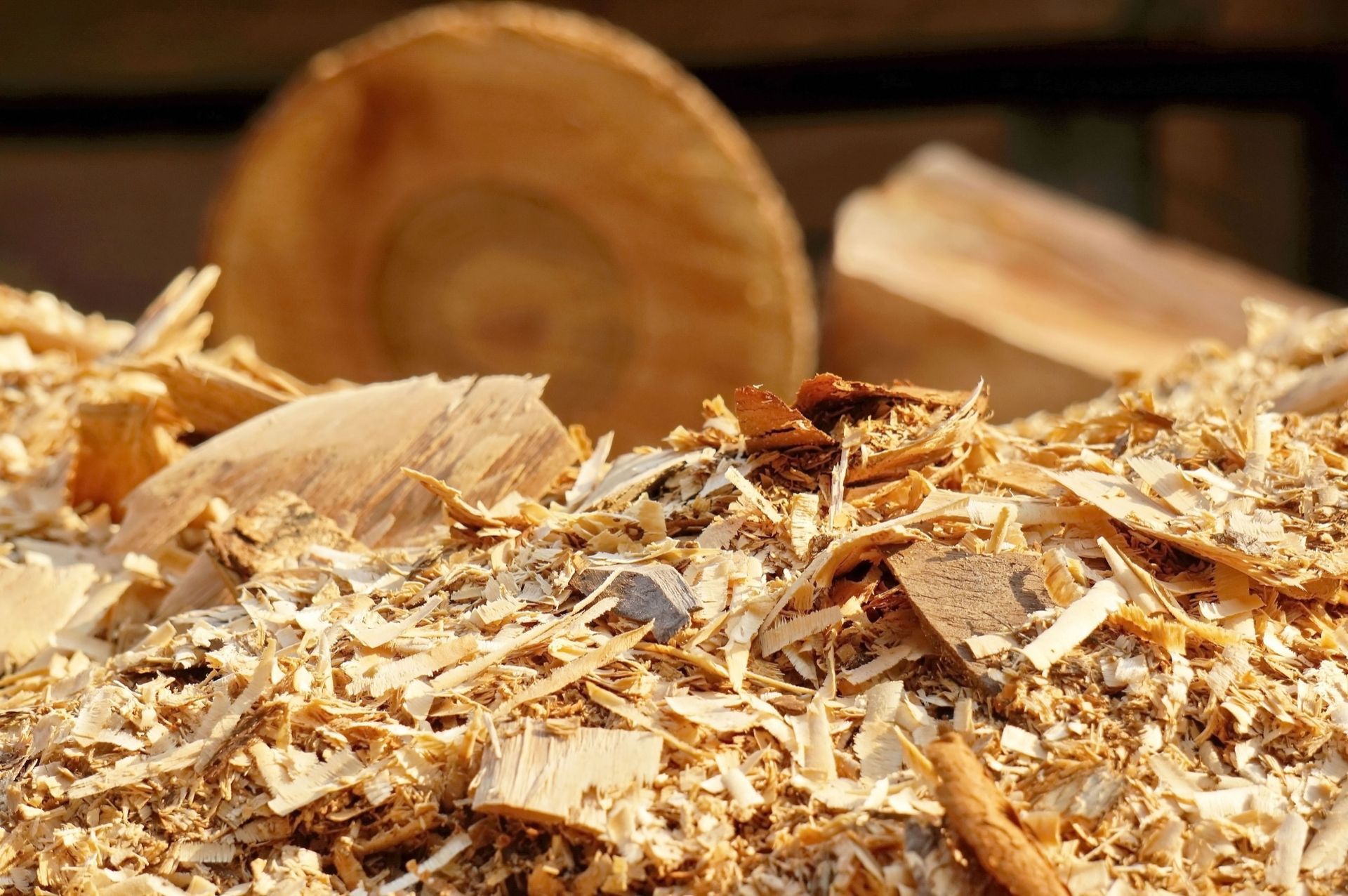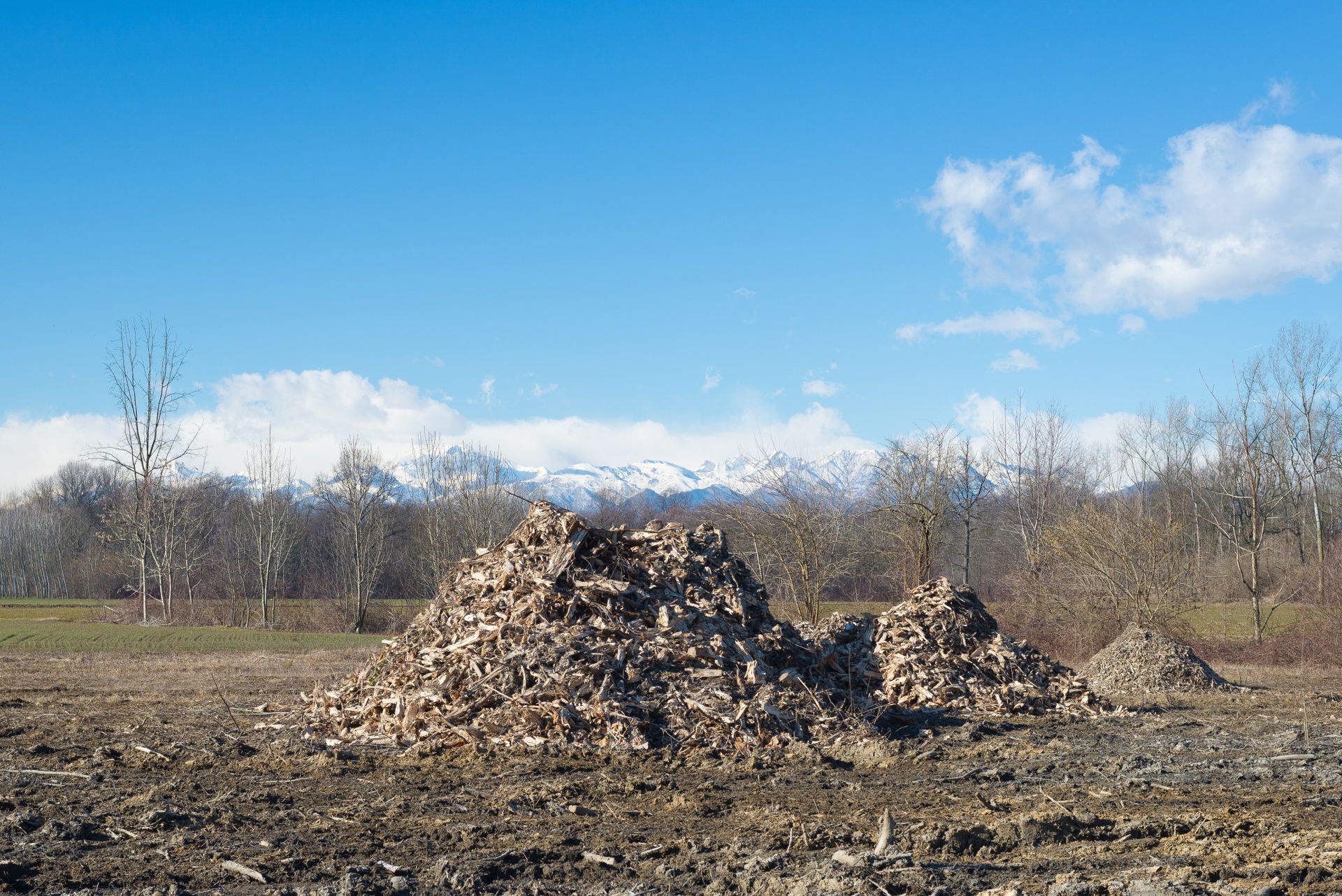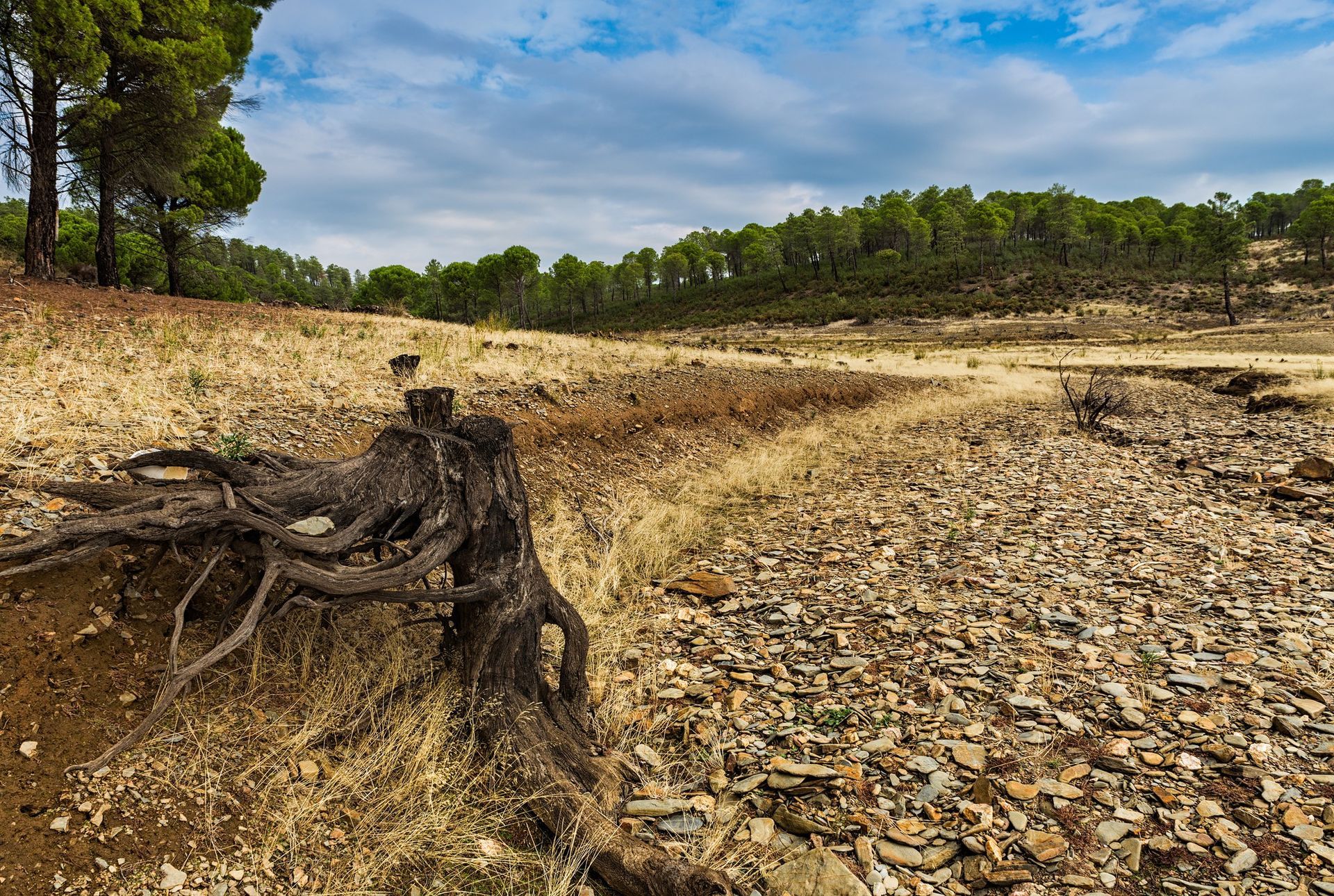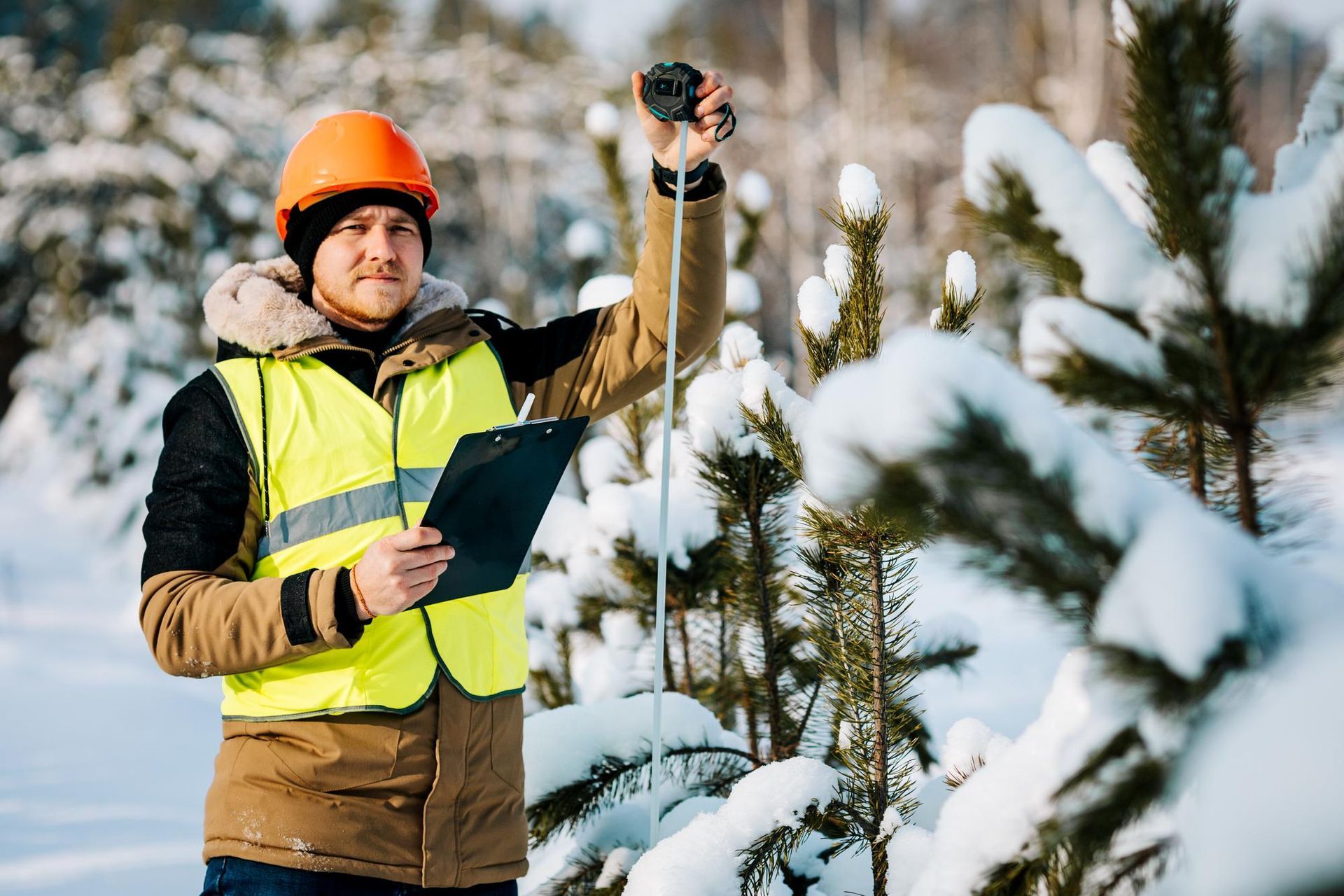The Essential Role of Tree Pruning in Urban Living.
Constantly evolving tapestry of urban landscapes, amidst soaring skyscrapers, winding roads, and the ceaseless hum of city life, trees stand as timeless sentinels. These magnificent green giants, often taken for granted, play an understated yet crucial role in shaping the urban experience. But as cities burgeon, expanding their boundaries and housing more souls than ever, these trees face unprecedented challenges. Their survival and flourishing require more than just nature's course; they need dedicated human intervention. Enter tree pruning services—a lifeline that ensures these trees not only survive but thrive in the concrete jungle.
At first glance, tree pruning might seem like a simple act of cutting away unwanted branches. However, in the vast context of urban living, it's a fine art and a meticulous science. It's about ensuring that trees remain an integral part of urban spaces, contributing positively to the environment, economy, and overall quality of life. Beyond the clear environmental benefits of oxygen production and carbon absorption, well-pruned and maintained trees are pivotal for urban aesthetics, safety, property values, and even the mental well-being of city dwellers.
As urban areas become more densely populated, the space for nature dwindles. Yet, the need for green spaces becomes even more pronounced. Trees provide a respite from the brick-and-mortar monotony, offering a touch of serenity in the chaotic urban rush. Their maintenance, therefore, is not a mere luxury but an absolute necessity. And while planting more trees is a step in the right direction, ensuring their health and longevity through professional tree pruning services is equally vital.
We delve deeper into the indispensable role of tree pruning in urban settings, understanding its multifaceted impact and the pressing need for recognizing and investing in these services.
The Urban Forest and its Challenges
Most cities have recognized the immense benefits of having trees, and have, over time, worked to incorporate more green spaces, tree-lined streets, and parks into urban planning. Trees, however, face unique challenges in an urban setting. They grapple with pollution, confined root spaces, potential threats from infrastructure developments, and even hazards from above-ground structures. Proper maintenance through tree pruning services becomes essential not just for the tree's health but also for the safety and well-being of urban residents.
Why Pruning is Essential
1. Safety First: Overgrown or dead branches can be hazardous. They can fall during storms, strong winds, or even without any prompting, causing injury or property damage. Tree pruning services remove these dangerous limbs, ensuring safety for pedestrians, motorists, and surrounding properties.
2. Health of the Tree:
Just as we need regular health check-ups, trees need periodic assessments. Pruning removes diseased, infested, or dead branches, preventing potential spread and giving the tree a new lease of life.
3. Aesthetic Appeal:
Urban living often demands neatness and order. Well-pruned trees fit seamlessly into urban landscapes, complementing the architectural designs around them. They add beauty without looking unkempt or wild.
4. Controlled Growth:
In an urban setting, allowing a tree to grow unchecked can lead to problems. It might interfere with power lines, underground utilities, or even the structural integrity of nearby buildings. Tree pruning services ensure that the growth is directed and controlled, keeping in mind the tree's surroundings.
5. Enhanced View: For businesses and homes alike, a clear view can be an asset. Strategic pruning can open up scenic vistas without sacrificing the green cover.
Environmental Benefits in an Urban Setting
Trees act as the lungs of a city. They absorb carbon dioxide and release oxygen, making the air cleaner and healthier for residents. Moreover, they act as natural coolers, reducing the heat island effect prominent in many urban areas. Regular pruning ensures these environmental warriors remain robust and effective in their roles.
Beyond the immediate environmental benefits, trees also play a role in water retention and preventing soil erosion. Even in an urban environment, they act as buffers during heavy rains, reducing the strain on city drainage systems. Maintaining them with routine tree pruning services is a small price to pay for these immense benefits.
Choosing the Right Tree Pruning Service
With the undeniable importance of tree pruning in urban living, choosing the right service provider becomes paramount. Here are a few pointers:
- Experience and Expertise: The company should have a good track record and trained arborists who understand the unique needs of urban trees.
- Safety Measures: Pruning, especially in busy urban settings, can be risky. Ensure the company follows stringent safety measures.
- Tools and Techniques: Modern tree pruning services use a combination of traditional knowledge and contemporary tools. Opt for a service that stays updated with the latest in tree care.
- Environmental Responsibility: Ensure that the tree pruning service you choose is committed to environmental responsibility. They should dispose of waste responsibly and minimize any negative environmental impact.
Urban living comes with its fair share of challenges and joys. Trees add immeasurable value to this setting, making cities breathable, beautiful, and harmonious. The role of tree pruning services in preserving this urban charm is indispensable. They ensure that the green giants we so depend on are healthy, safe, and fit perfectly within our urban dreams.
In the heart of our cities, amidst the concrete and steel, these trees stand tall, telling tales of resilience and adaptability. And behind every flourishing tree in this urban setting, there's a dedicated team of tree pruning professionals ensuring it thrives. As urban residents, recognizing and appreciating this intricate relationship will lead us towards a more sustainable and green urban future.
The Economic Impact of Tree Pruning Services
While the environmental and aesthetic benefits of tree pruning in urban areas are evident, many often overlook the economic implications. Properly maintained trees can significantly influence local economies.
1. Property Value Enhancement:
Several studies have highlighted that properties with well-maintained landscapes, including pruned and healthy trees, fetch higher prices in the market. It's not just about aesthetics; potential buyers perceive such properties as better maintained overall.
2. Business Benefits: Commercial areas with green spaces, especially well-kept trees, attract more customers. People are more likely to spend more time and money in areas where they feel comfortable and connected to nature.
3. Reducing Costs:
Efficient tree pruning services can lead to substantial savings for cities. By preventing potential hazards, cities save on costs associated with accidents or property damage. Moreover, healthy trees mean fewer disease outbreaks, reducing the expenses tied to large-scale tree treatments or replacements.
The Psychological Benefits of Maintained
Green Spaces
Urban living, while exciting, can sometimes become stressful. Nature, especially trees, plays a crucial role in providing a therapeutic escape right in the heart of the city. Maintained trees through regular pruning services contribute to this urban oasis effect.
- Wellness and Relaxation: Trees are known to reduce stress levels, lower anxiety, and boost mood. When these trees are well-maintained and healthy, their impact is amplified. Residents and workers in urban settings find solace under their canopy, leading to improved mental health.
- Community Building: Trees and parks become community hubs where people gather, interact, and form bonds. Pruned and maintained trees make these spaces more inviting, fostering community interactions and relationships.
Future of Urban Tree Pruning
With growing urbanization, the role of tree pruning services is only set to become more vital. Cities worldwide are recognizing the multi-faceted benefits of maintaining their urban forest and are investing more in these services.
As technology evolves, tree pruning services are also incorporating innovations. From drones that can survey and identify tree health to AI-driven tools that can predict when a tree might need attention, the future of tree pruning is intertwined with technology.
Additionally, there is a rising trend of community involvement. Urban dwellers are becoming more proactive in
tree care, partnering with professionals, attending workshops, and advocating for the essential role of trees in city life.
Conclusion
The intertwining of urban spaces and trees is a relationship of mutual benefit. As cities grow and evolve, the importance of maintaining and nurturing their green heart becomes ever more pronounced. Tree pruning services stand at this intersection, ensuring that as we build towards the future, we do not lose touch with nature's invaluable gifts. For residents in Columbia Falls, MT, Big Mountain Tree Service emerges as the best service provider in this realm. With a proven track record and commitment to excellence, they can be reached at 406-261-2042 for all tree pruning needs.
In essence, trees, with the aid of tree pruning services, provide more than just shade and beauty. They are the lifeline of urban settings, contributing economically, environmentally, and emotionally. And while many services contribute to this mission, for those in Columbia Falls, Big Mountain Tree Service stands out. It's a relationship between trees and urban dwellers that demands acknowledgment, appreciation, and active participation from all.
